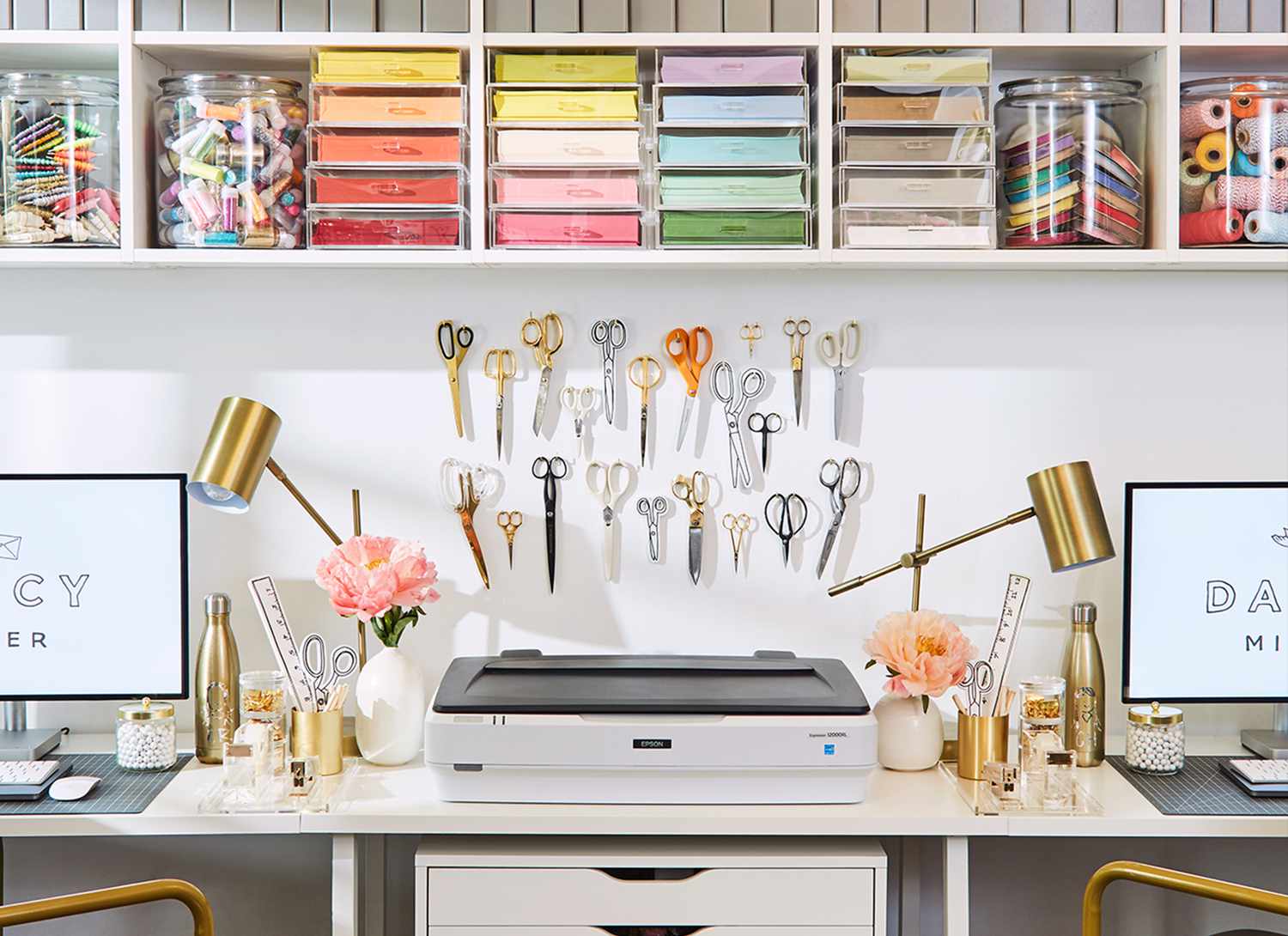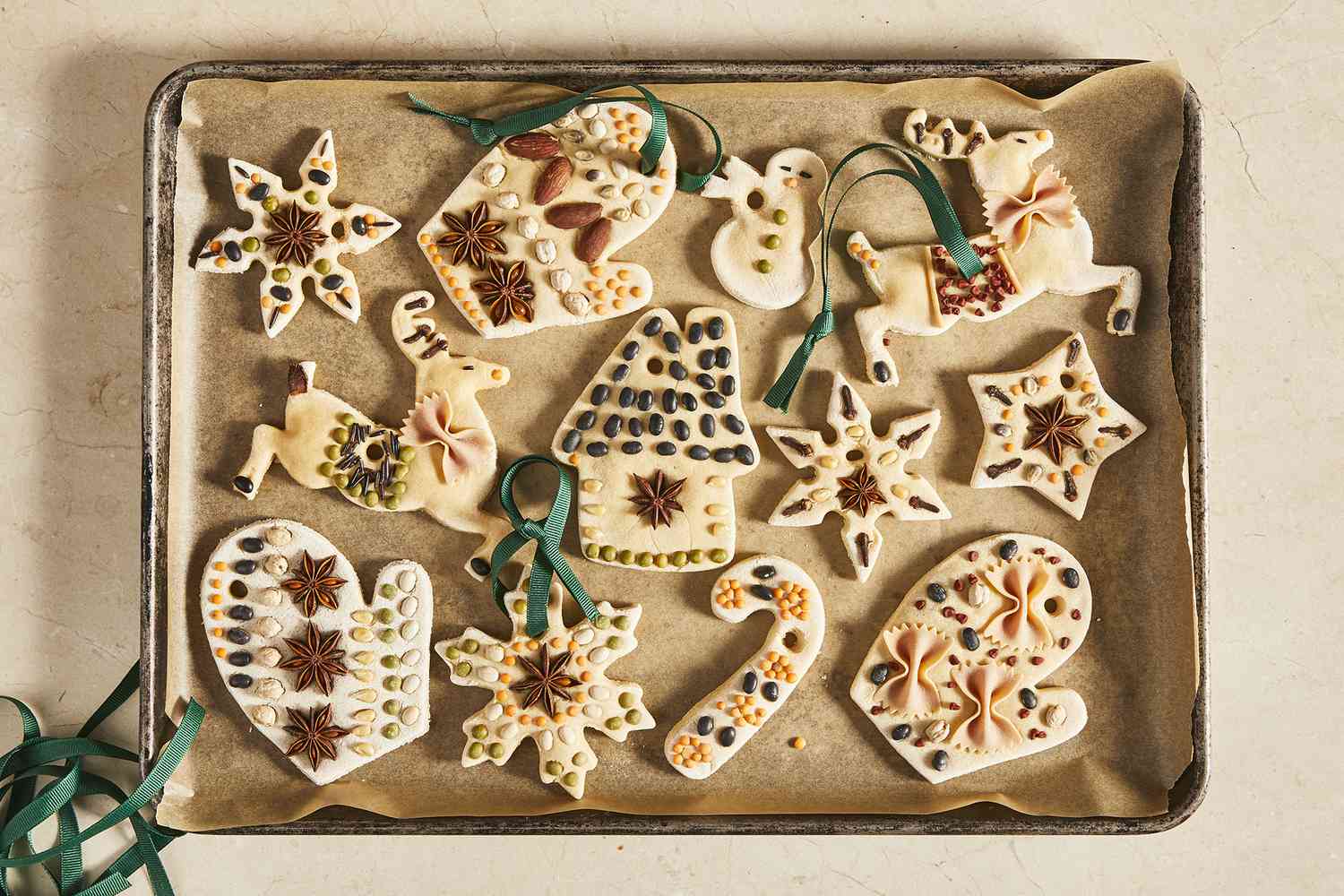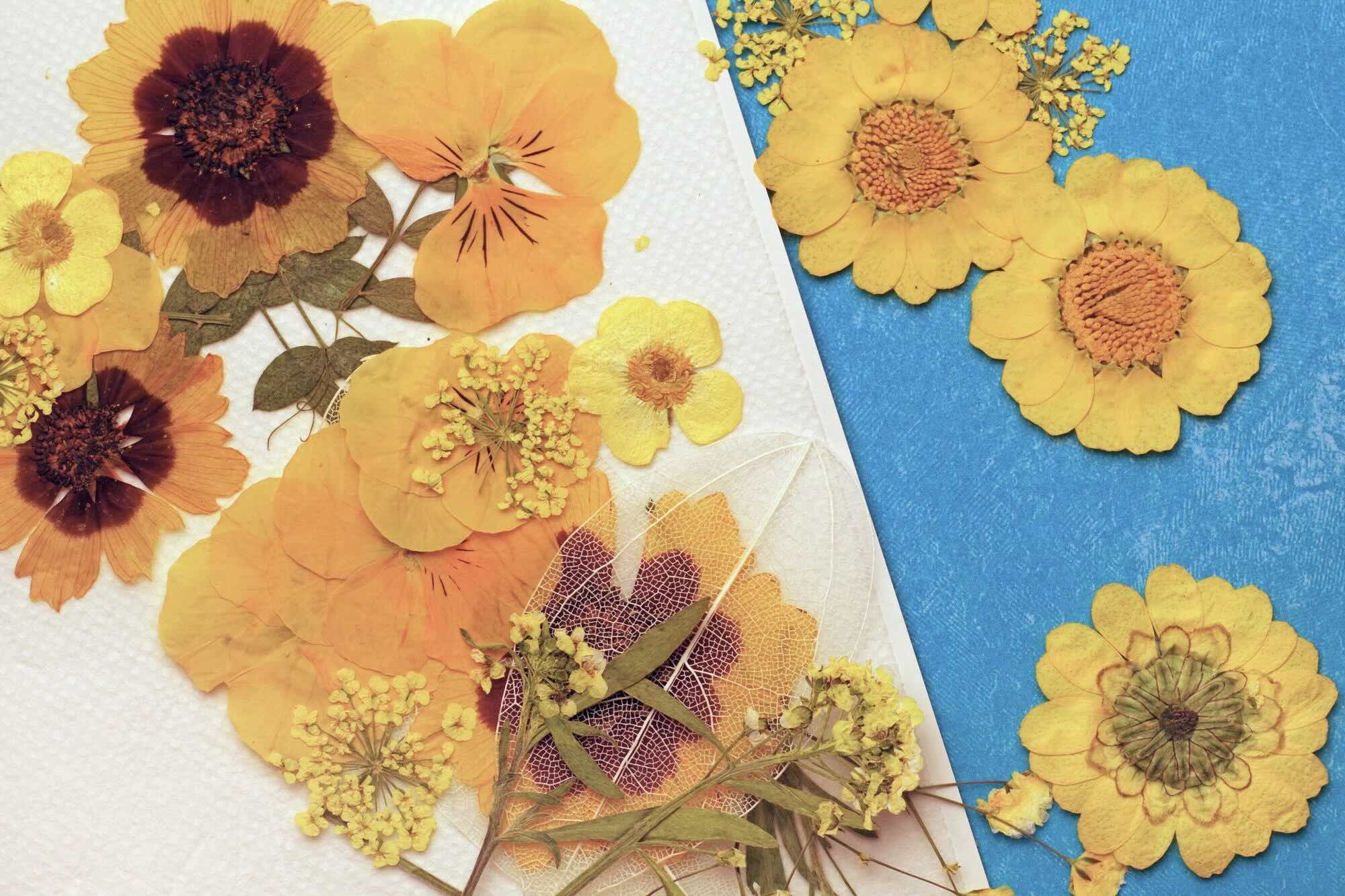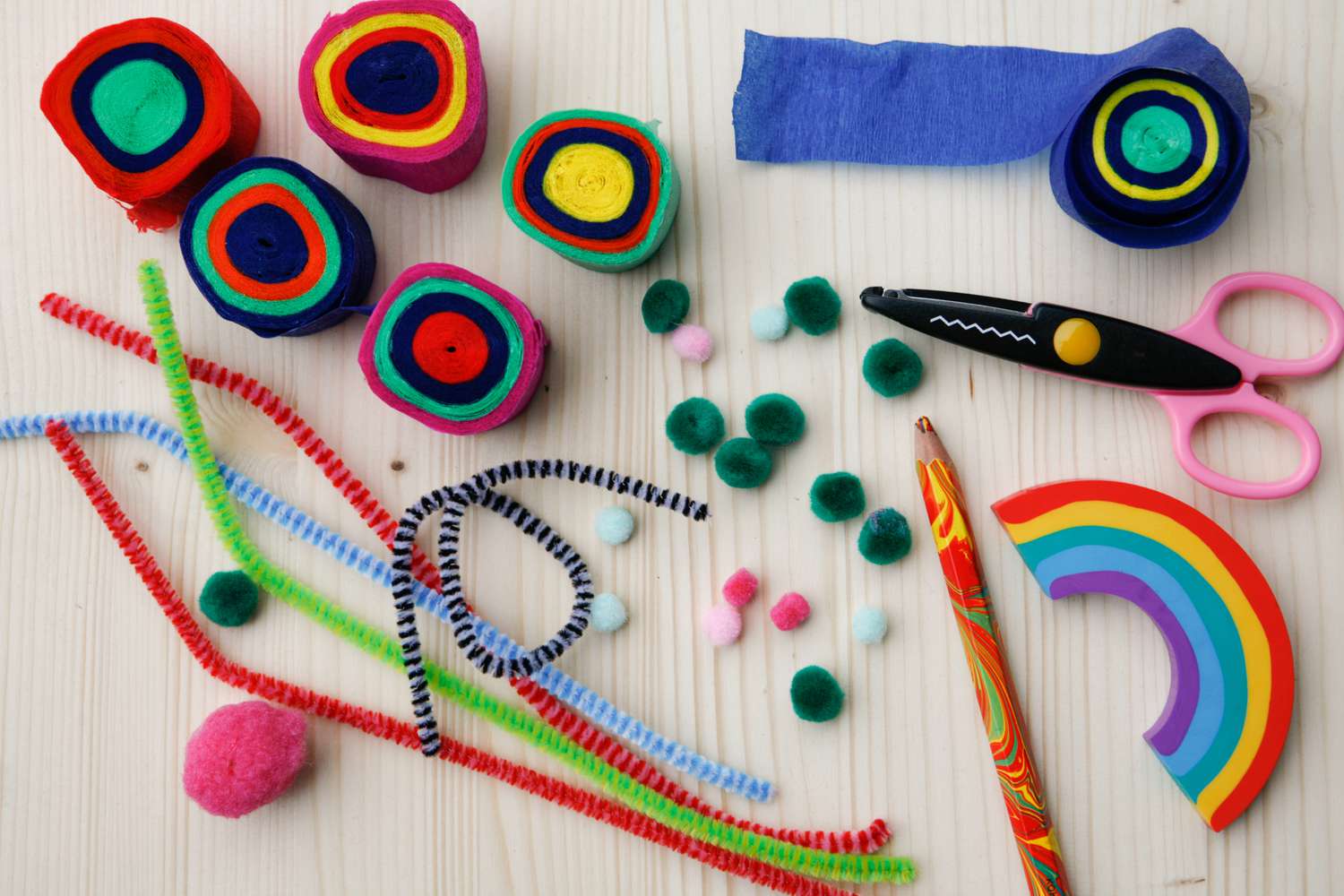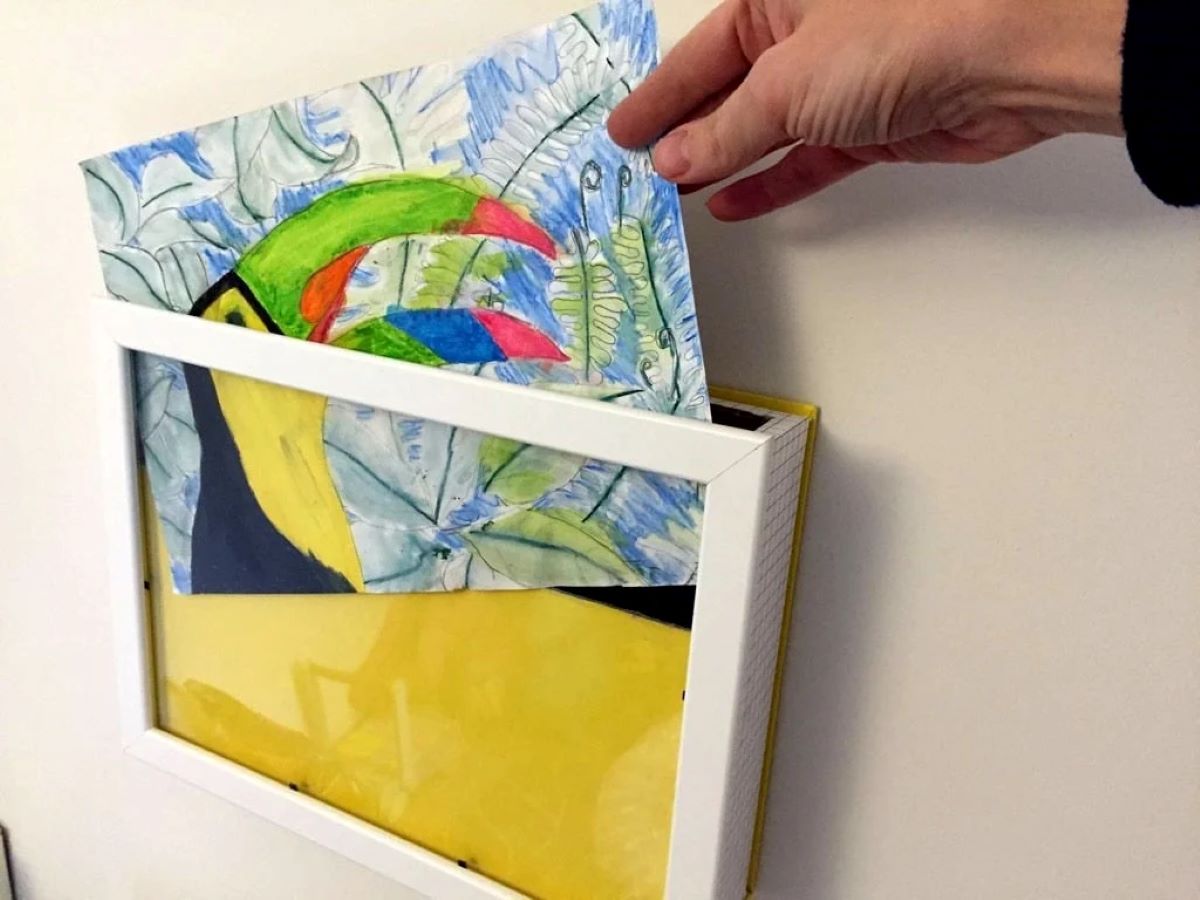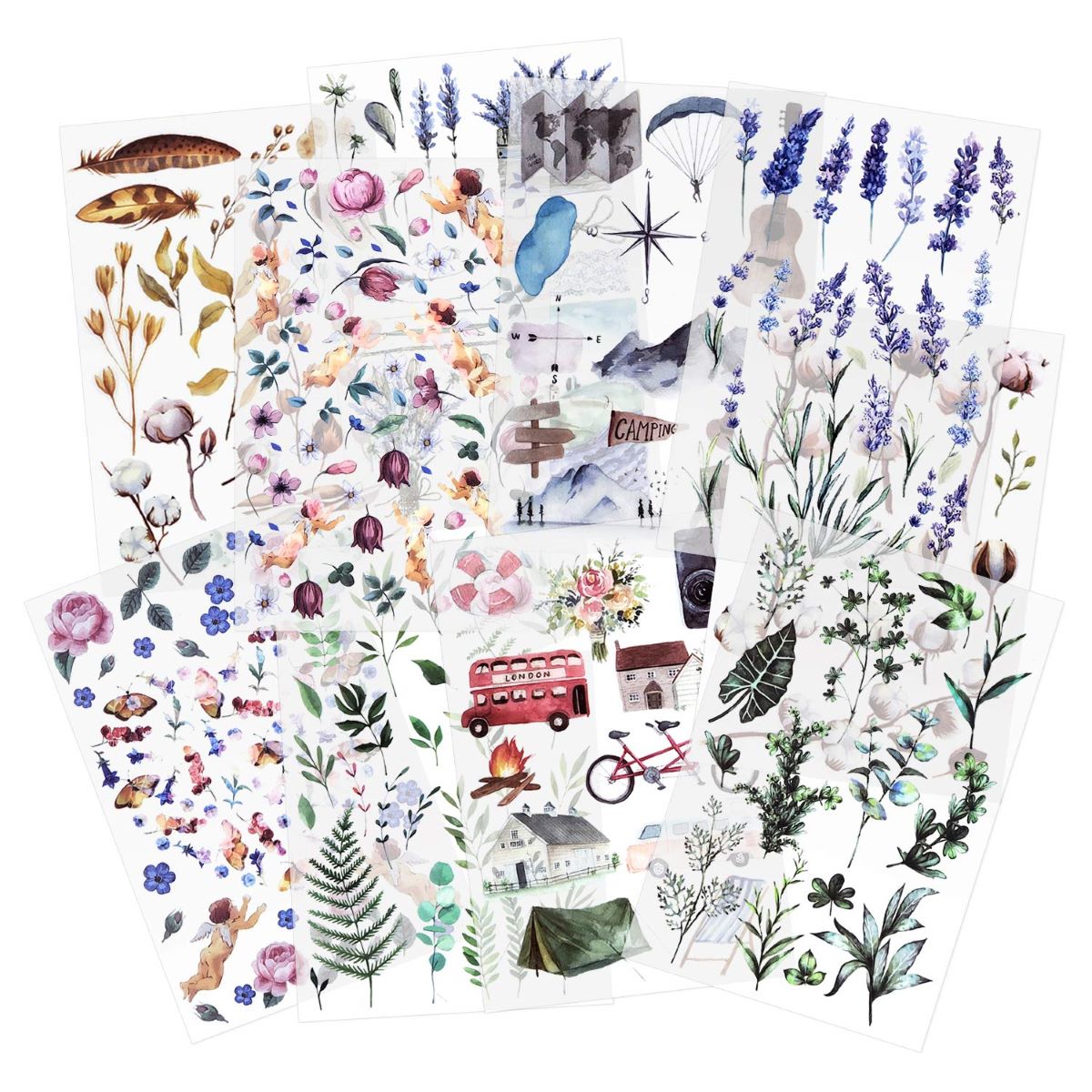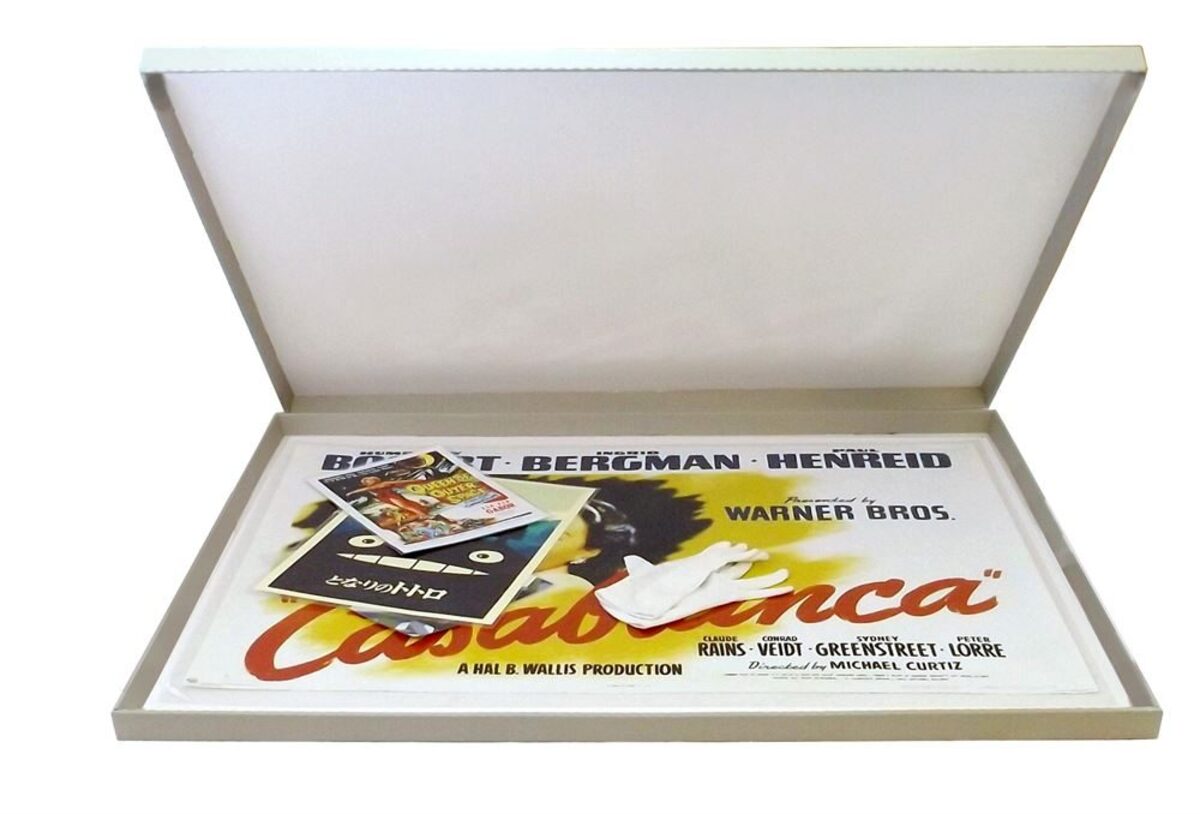Home> How To Store Art & Craft Supplies
How to Store Art & Craft Supplies: Organize Your Creativity!
Learn the best ways to store and organize your art and craft supplies with our helpful guide. Maximize your creativity and keep everything neat and accessible!
